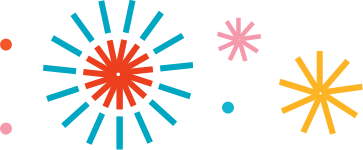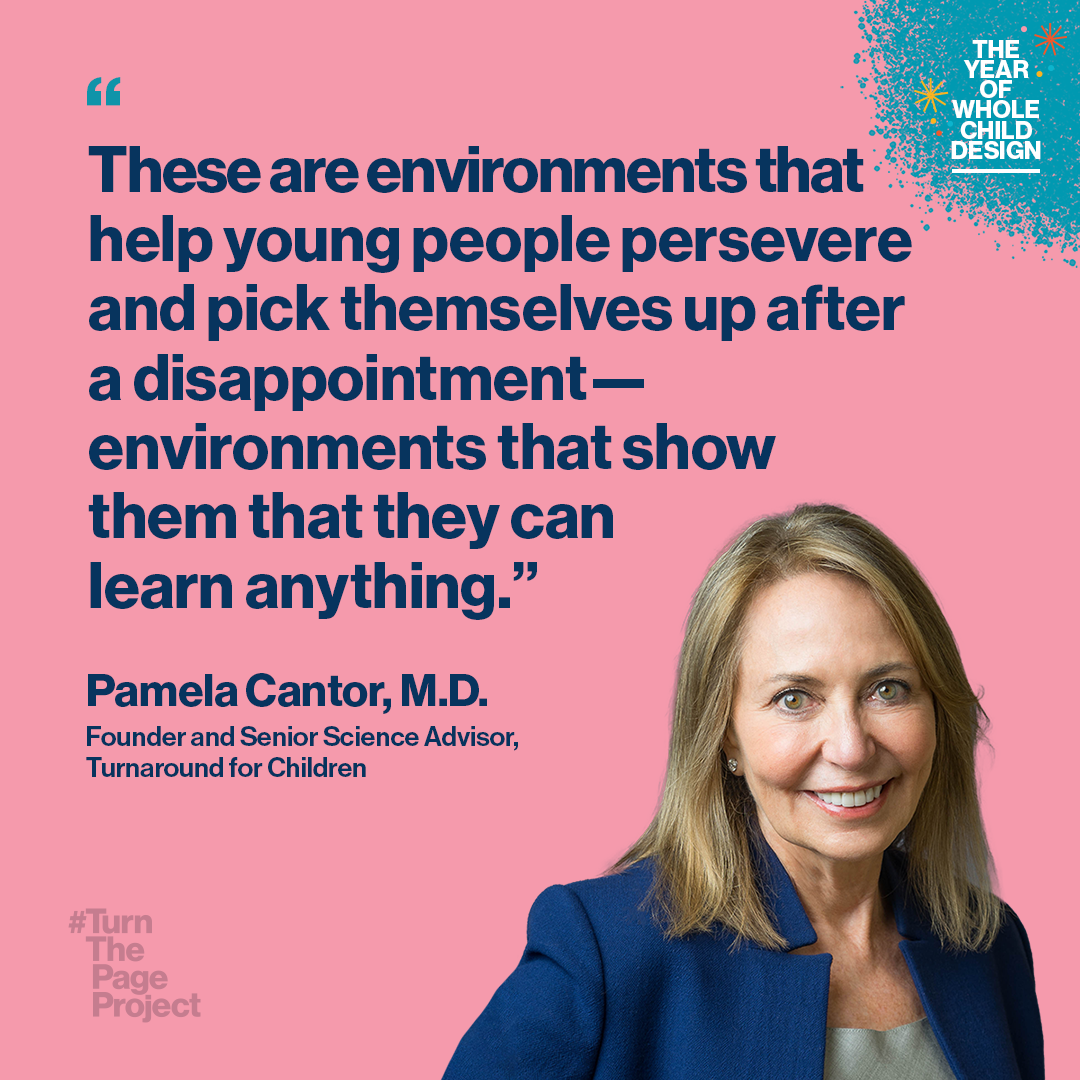Year of Whole Child Design


ONE OF THE CRAZIEST THINGS to me is the idea that the education system we have today was designed 100 years ago. That system thought a child’s brain was an empty vessel. Put children in a classroom, pour knowledge into them, and get them to memorize that knowledge. Some would, some wouldn’t. Then test them on that knowledge and sort them into who would be worthy of going on to college and some of the best jobs and who would not.
If we turn schools into relationally rich communities where kids can restore their belief in the future and their belief in themselves, we are going to see a dramatic reduction in mental health symptoms.”
What we now know is that the human brain is malleable to experience and that context – the relationships, experiences, and environments in a child’s life – are the things that fuel and grow the learning brain. Not just having kids sit in a classroom passively, but having them apply knowledge in relevant and meaningful ways by doing, creating, and building things with their peers and with the support of adults they know and trust.
On top of that, today we know that no one learns the same way, so we can’t have a one-size-fits-all design. The “bell curve” on which our education system was designed is a statistical model that has been proven wrong over and over again. (See Stephen Jay Gould’s The Mismeasure of Man.) We’re never going to see the top of a child’s developmental range unless we have some capacity to personalize learning for each and every child and provide them with experiences that show them what they are capable of.

Personalized learning environments emphasize five things: 1. positive developmental relationships; 2. environments filled with safety and belonging; 3. rich instructional experiences; 4. the intentional development of 21st-century skills, habits, and mindsets; and 5. integrated supports. These are the elements of Whole Child Design. These are environments that help young people persevere and pick themselves up after a disappointment—environments that show them that they can learn anything. To this point, most schools have not been intentionally designed to teach these kinds of skills. But they could be.
The pandemic disrupted the social context of children’s lives, and many young people experienced a lot of psychological trauma, particularly those in the 12 to 25-year-old age group. This is why we see such high rates of mental health issues, a lot of anxiety, and depression. One of the most important things we can do is restore the relational context of young people’s lives. We have to overinvest in activities that bring kids together with other kids in positive ways, that bring kids together with adults, too.
Mental health care is extremely important but not the solution by itself. If we turn schools into relationally rich communities where kids have multiple opportunities to restore their sense of who they are, their belief in the future, and their belief in themselves, we are going to see a dramatic reduction in mental health symptoms.
Right now, we have a moment of truth that says, “Doing something that’s incrementally better is not good enough.” I’m with the revolutionaries. I want to build something that’s dramatically different, and I trust kids, teachers, and parents to have a say in what that is.